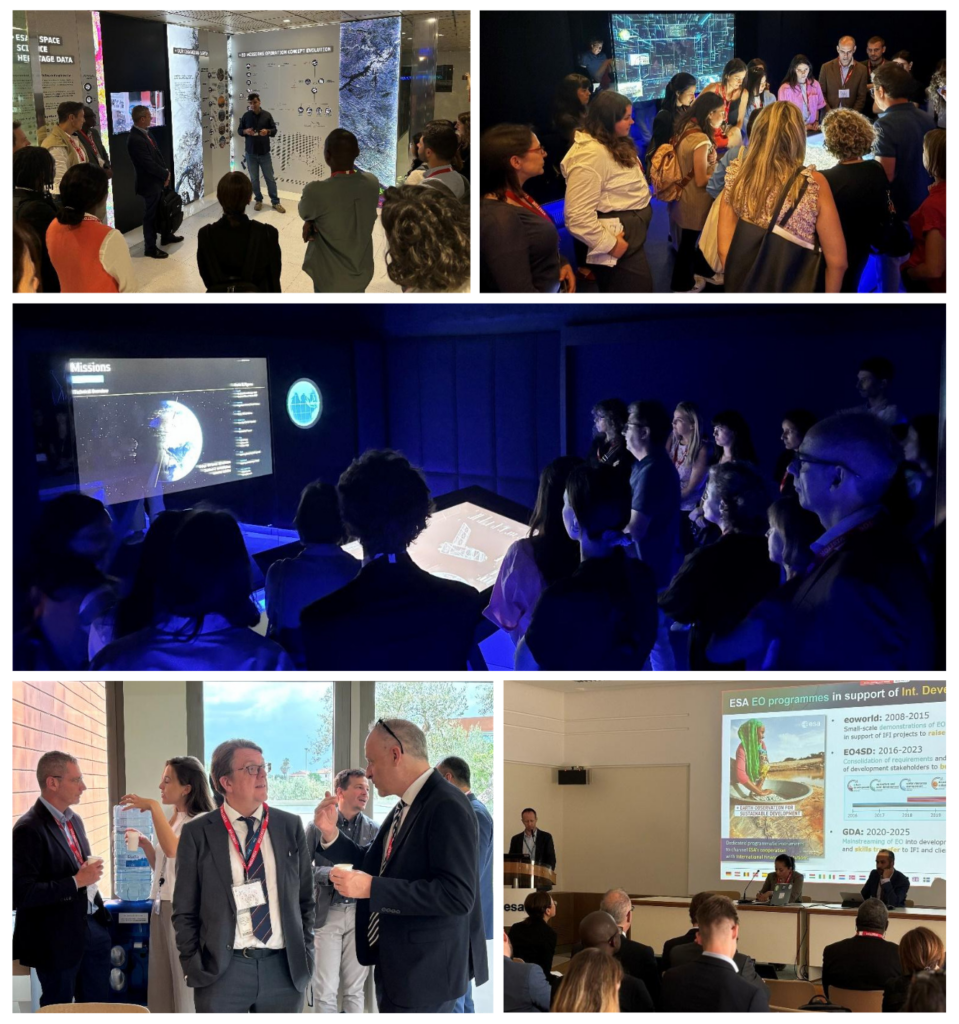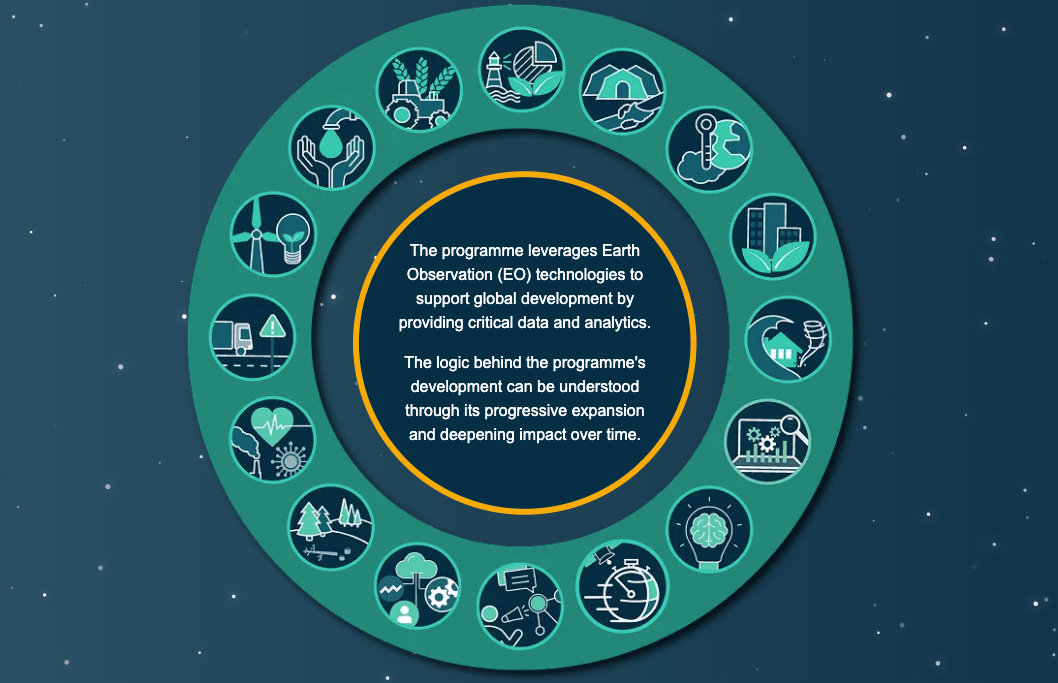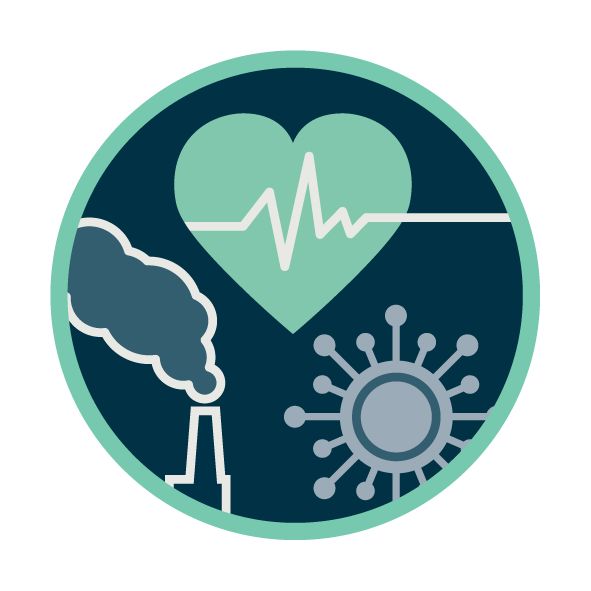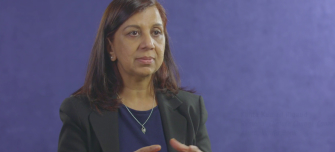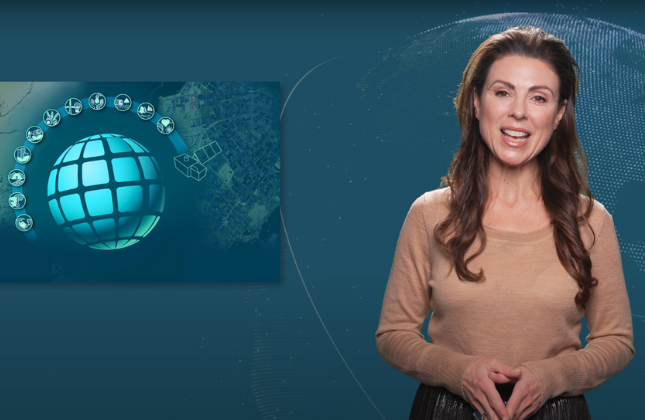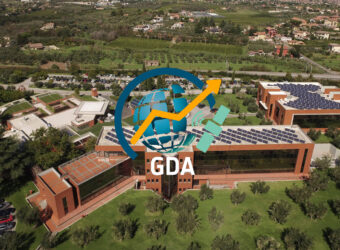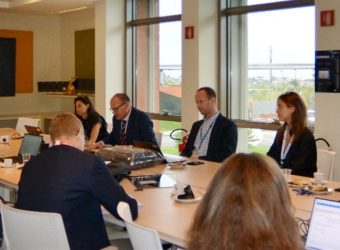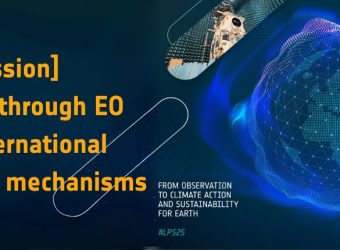Frascati, Italy – June 10, 2024: The European Space Agency (ESA) welcomed a delegation from the International Fund for Agricultural Development (IFAD) to its ESRIN Earth Observation (EO) facility outside of Rome. This visit marked a valuable step towards deepening the institutional partnership between the two organisations, focusing on leveraging EO data to enhance agricultural development and financial stability in developing countries and catalyse actionable impact on the ground.
IFAD works where poverty and hunger are deepest: in the most remote regions of developing countries and fragile situations, where few development agencies venture. IFAD is an International Financial Institution (IFI) and specialised United Nations (UN) agency based in Rome, the UN’s food and agriculture hub. Since 1978, it has provided US$23.2 billion in grants and low-interest loans. IFAD invests in rural people, empowering them to increase their food security, improve the nutrition of their families and increase their incomes. Through this, IFAD supports these communities to build resilience, expand their businesses and take charge of their own development.
With a growing global population that will exceed 9 billion by 2050, a widening gap between rich and poor, and growing competition for resources, the major issues facing humanity cannot wait. Rising sea levels and more intense droughts, storms and floods are putting pressure on the ecosystems farmers depend on. IFAD-supported projects have shown that − with access to finance, markets, technology and information − rural people can lift themselves out of poverty.
Furthermore, the work of IFAD promotes gender equality and inclusiveness, builds the capacity of local organisations and communities, and strengthens resilience to climate change. By advocating for poor rural people and financing projects that transform rural areas, their work is critical to the achievement of the 2030 Agenda for Sustainable Development.
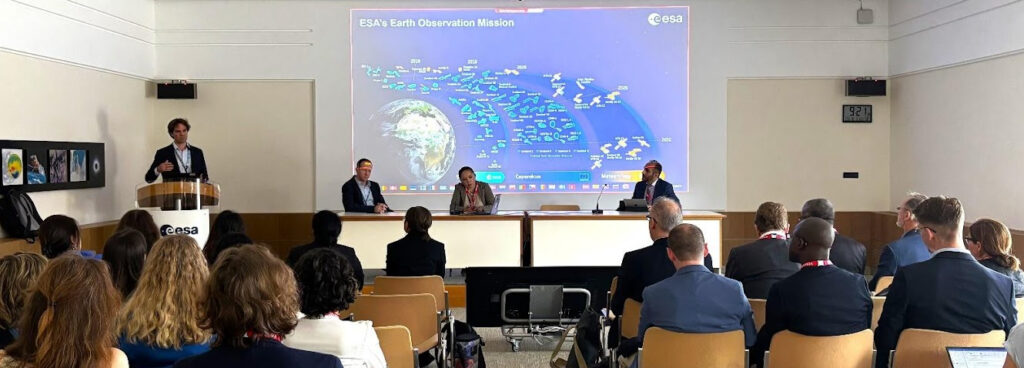
Leveraging EO satellite data for technological synergies
EO satellite technology offers transformative solutions to the challenges faced by IFAD-supported smallholder farmers and rural communities. By providing accurate, timely, and comprehensive data, EO satellites can significantly enhance the effectiveness of IFAD-supported projects:
- Climate monitoring and early warning systems: EO satellites can monitor weather patterns, sea levels, and extreme weather events, providing early warnings to farmers. This allows them to prepare and mitigate the impacts of floods, droughts, and storms, thereby reducing crop losses and safeguarding livelihoods.
- Resource management: EO technology helps in the efficient management of natural resources by tracking changes in land use, water availability, and soil conditions. This information is crucial for sustainable agricultural practices and ensuring the long-term productivity of farmland.
- Crop health and yield prediction: By using EO data to monitor crop health and predict yields, farmers can make informed decisions about planting, irrigation, and harvesting. This can lead to increased productivity and reduced waste, directly contributing to food security.
- Access to markets and finance: EO technology can improve access to markets and finance by providing credible data on crop conditions and yields. This data can be used to build trust with financial institutions, enabling farmers to secure loans and insurance products tailored to their needs.
- Building capacity and local resilience: Training local communities in the use of EO data empowers them to take control of their development. With the right tools and knowledge, farmers can better adapt to climate change, improve their practices, and increase their resilience.
- Supporting policy and advocacy: EO satellite data can provide the empirical evidence needed to advocate for rural communities at the policy level. Accurate data on climate impacts and agricultural productivity can influence policy decisions and direct resources where they are most needed.
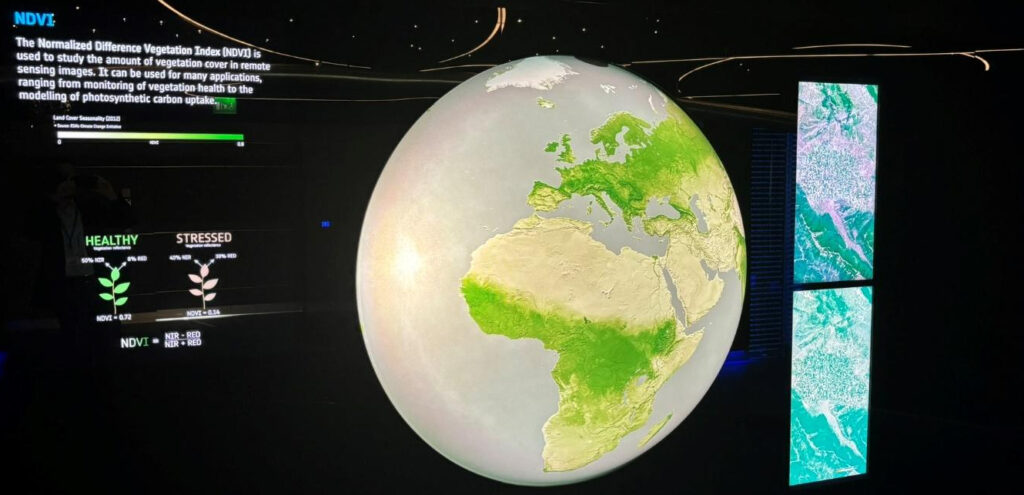
By integrating EO satellite technology into projects and making use of this technological synergy, IFAD can enhance the resilience and productivity of rural communities, ensuring that they are better equipped to face the challenges of climate change and resource competition.
The long-term collaboration with IFAD helps leveraging jointly space and financial mechanism to drive meaningful impact in rural development and climate adaptation investments.
Benjamin Koetz, ESA Head of Long-term Action Section
IFAD’s needs and long-term objectives for sustainable finance
A significant part of the discussion during the meeting centred around the potential of EO data to support IFAD’s development projects and enhance real impact in the development countries to support sustainable finance. The meeting highlighted the increasing importance of remote monitoring, especially since the onset of the COVID-19 pandemic. EO data has become a crucial tool for project design, supervision and monitoring, offering a complementary perspective that enhances traditional methods.
During the main meeting as well as in various smaller follow-up meetings in the afternoon, IFAD outlined several key areas where EO data can play a transformative role.
One of the primary needs identified was the use of spatial analytics in countries where IFAD’s on-ground presence is limited. EO technology bridges the gap by providing critical data and insights, enabling effective remote project monitoring and supervision. Additionally, IFAD emphasised the importance of integrating EO data with ground-level information to create a comprehensive understanding of the areas they invest in. This approach not only supplements traditional methods but also ensures a more robust and holistic view of the regions. Convincing local stakeholders of the benefits of this integration is crucial for its successful implementation.
Another key point discussed was the need to build local capacity in the countries where IFAD operates. Furthermore, developing a structured programme within IFAD to support and expand knowledge and expertise in EO and geospatial data analysis capabilities would be beneficial. IFAD’s partnership with ESA can serve as a foundation for setting up such a programme, also in line with ambitious “moonshot” projects driving innovation and sustainability amplified through the Moonshots for Development (M4D) Alliance that both institutions form part of.
Additionally, to optimise the process of managing contributions from IFAD’s member states before channelling them into various projects, it is vital to have reliable data points on the countries and markets involved. Harmonising data and mainstreaming the use of EO with local stakeholders in developing countries could provide financial stability related to climate risks and commodity economies.
Earth Observation and space technology powered by ESA are game-changers for rural communities in developing countries. By providing precise, timely data, we can enhance agricultural productivity, manage natural resources sustainably, and build resilience against climate change, ultimately transforming lives on the ground.
Advit Nath, Director and Controller at IFAD
Finally, ESA shared insights from its ongoing partnership with the World Bank on testing the integration of EO data into green bonds. This initiative, which involves using EO to feed Key Performance Indicators (KPIs) for green bonds, could be highly relevant for IFAD. By integrating EO data into financing schemes, IFAD can ensure that their investments are not only financially viable but also environmentally sustainable.
Path forward on advancing partnership
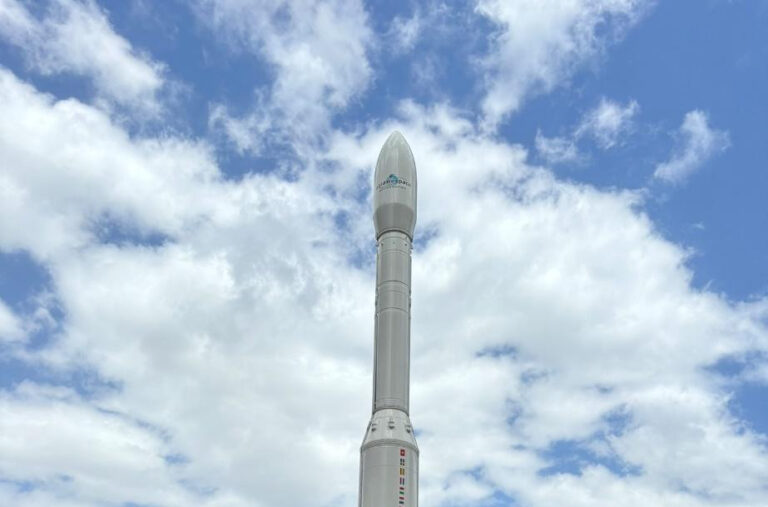
ESA and IFAD have a longstanding history of collaboration, particularly focused on harnessing the benefits of technological advancements for remote communities and vulnerable populations. The institutional partnership between IFAD and ESA represents a critical step towards combining efforts to strengthen the support for rural and indigenous groups.
Through aligning with ESA to jointly design projects and leverage cutting-edge technologies for the benefit of smallholder farmers, IFAD can make significant strides in addressing poverty, improving food security, and promoting climate change adaptation. The meeting concluded with a mutual agreement to dive deeper into these areas of collaboration. Both ESA and IFAD are committed to exploring the full potential of EO data in supporting agricultural development and sustainable finance. The meeting was just the beginning, and further discussions with respective teams will be scheduled to develop concrete action plans. The ambition to elevate the partnership of ESA and IFAD, will involve extensive cooperation across the sustainable finance ecosystem.
The partnership with IFAD allows ESA to strategically position satellite EO as an invaluable source of information for decision support in very targeted manner. IFAD’s mandate on boosting rural and agricultural development through sustainable finance, associated technical assistance, and innovation aligns perfectly with the vision of ESA’s GDA programme approach and offers great complementarity to our partnerships with other IFIs. We look forward to further amplifying this cooperative approach and leverage the power of space to jointly accelerate impact for the benefit of rural communities worldwide.
Christoph Aubrecht, ESA Global Development Assistance Programme Coordinator
